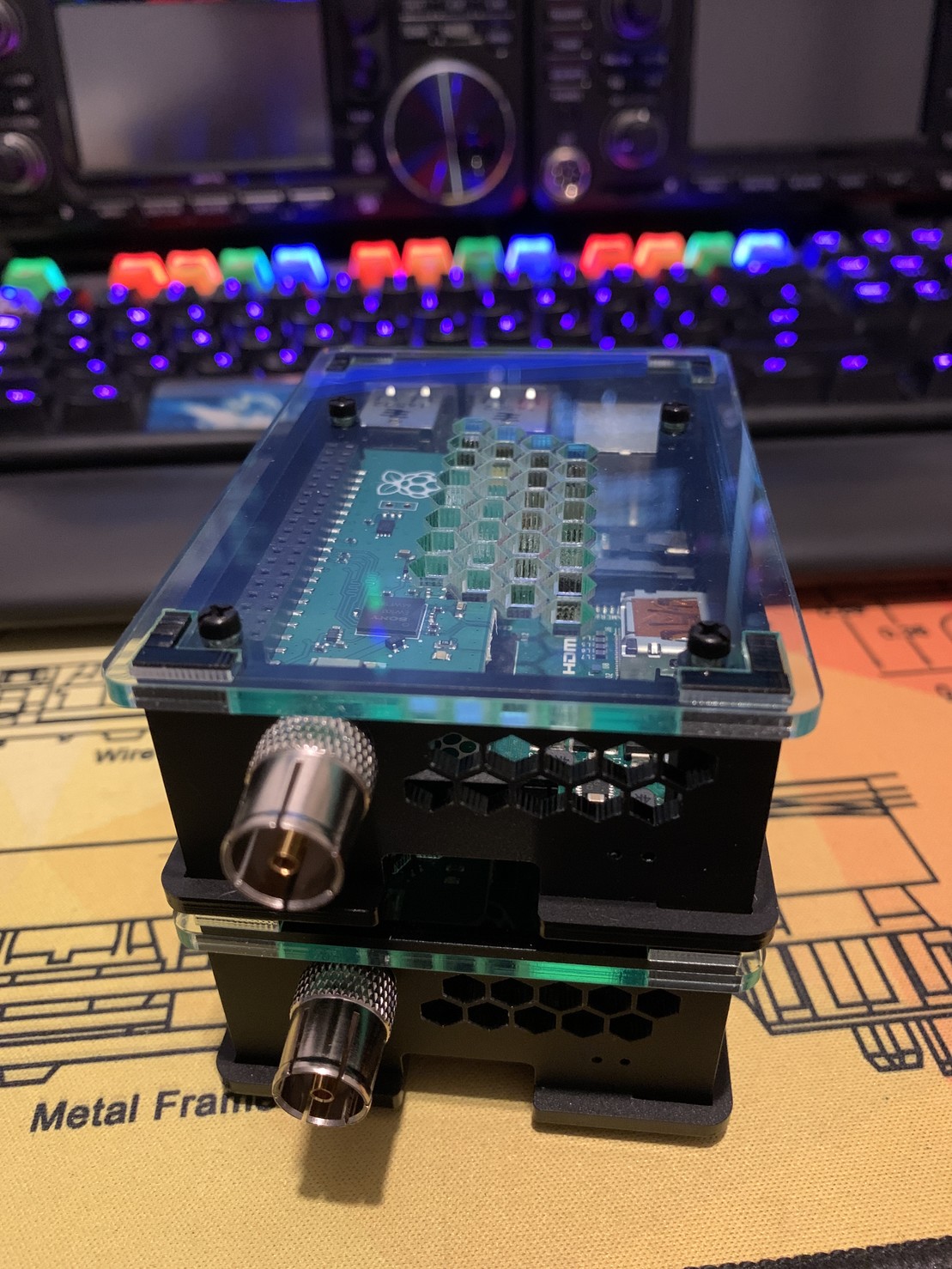Multicast IPTV
Published:
For almost a decade, I’ve been very slowly making progress on a multicast IPTV system. Recently I’ve made a significant leap forward in this project, and I wanted to write a little on the topic so I’ll have something to look at when I pick this up next. I was aspiring to have a useable system by the end of today, but for a couple of reasons, it wasn’t possible.
When I started thinking about this project, it was still common to watch broadcast television. Over time the design of this system has been changing as new technologies have become available. Multicast IP is probably the only constant, although I’m now looking at IPv6 rather than IPv4.
Initially, I’d been looking at DVB-T PCI cards. USB devices have become common and are available cheaply. There are also DVB-T hats available for the Raspberry Pi. I’m now looking at a combination of Raspberry Pi hats and USB devices with one of each on a couple of Pis.

Two Raspberry Pis with DVB hats installed, TV antenna sockets showing
The Raspberry Pi devices will run DVBlast, an open-source DVB demultiplexer and streaming server. Each of the tuners will be tuned to a different transponder giving me the ability to stream any combination of available channels simultaneously. This is everything that would be needed to watch TV on PCs on the home network with VLC.
I’ve not yet worked out if Kodi will accept multicast streams as a TV source, but I do know that Tvheadend will. Tvheadend can also act as a PVR to record programmes for later playback so is useful even if the multicast streams can be viewed directly.
So how far did I get? I have built two Raspberry Pis in cases with the DVB-T hats on. They need to sit in the lounge as that’s where the antenna comes down from the roof. There’s no wired network connection in the lounge. I planned to use an OpenBSD box as a gateway, bridging the wireless network to a wired network.
Two problems quickly emerged. The first being that the wireless card I had purchased only supported 2.4GHz, no 5GHz, and I have enough noise from neighbours that the throughput rate and packet loss are unacceptable.
The second problem is that I had forgotten the problems with bridging wireless networks. To create a bridge, you need to be able to spoof the MAC addresses of wired devices on the wireless interface, but this can only be done when the wireless interface is in access point mode.
So when I come back to this, I will have to look at routing rather than bridging to work around the MAC address issue, and I’ll also be on the lookout for a cheap OpenBSD supported mini-PCIe wireless card that can do 5GHz.